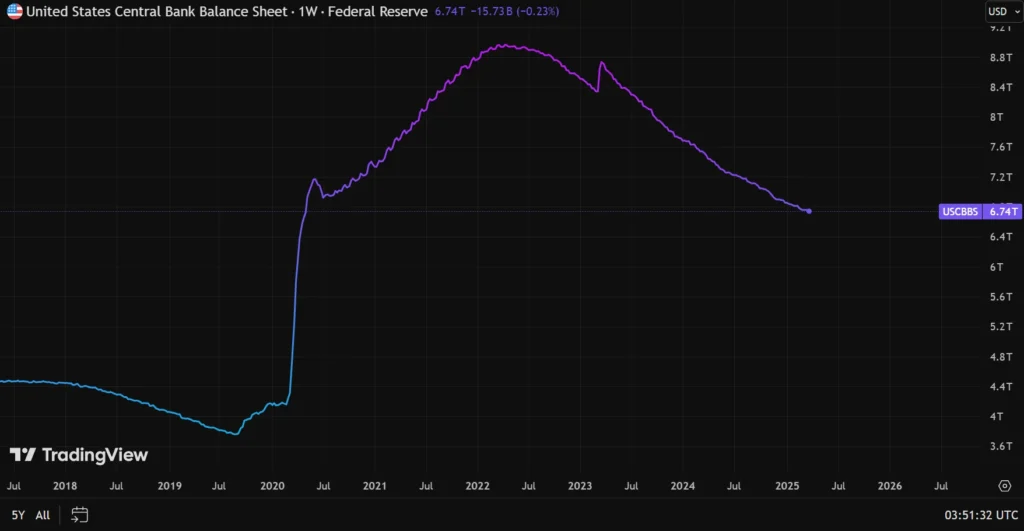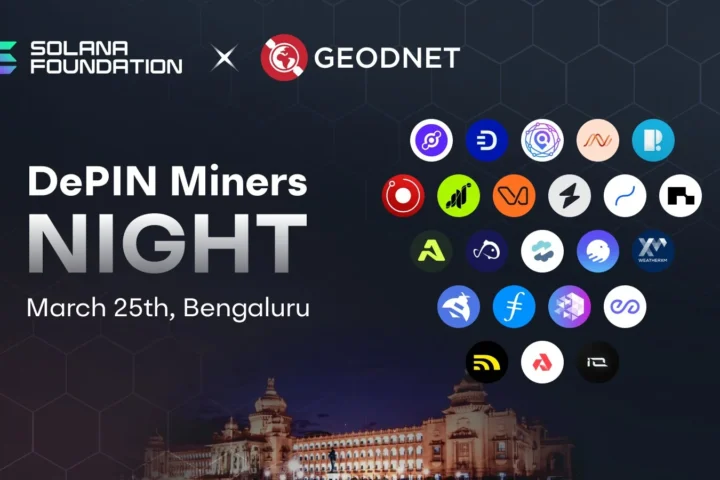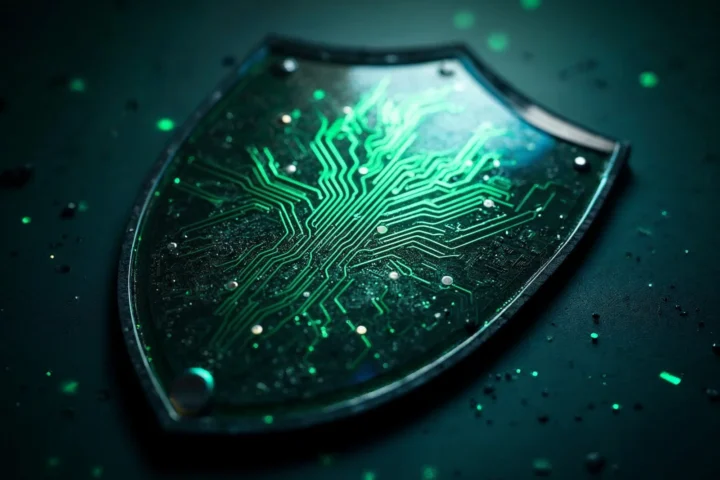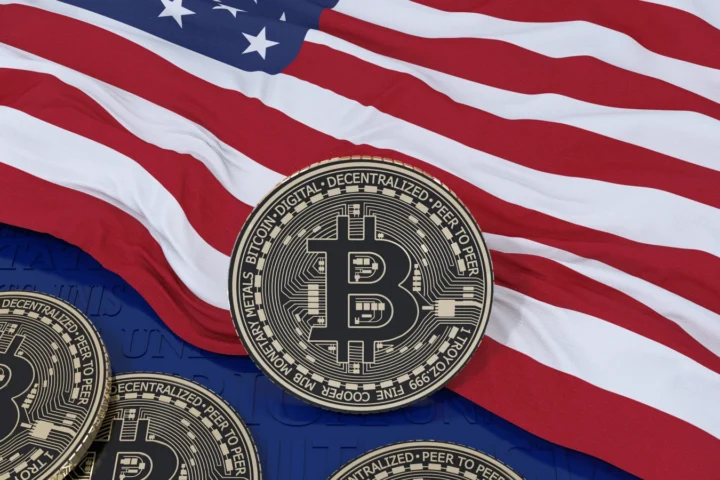What’s Happening
It’s April 2025, and according to the four-year cycle theory, we’re in the final stages of a bull market, ending mid to late 2025. However, the narrative is dominated by underperformance, particularly among altcoins. Except for Bitcoin and a very few alts, most coins are declining. Ethereum is at March 2021 levels, four years ago.
People in wealth creation mode with diverse altcoin portfolios are underperforming compared to those in wealth preservation mode with Bitcoin-heavy bags. Sounds crazy, right?

Why This is Happening
Altcoin holders pray daily for new “retail” investors to enter the market and buy their altcoins, hoping to pump their bags. Yet, retail isn’t coming. Why? Macroeconomic factors. The Fed has continued quantitative tightening since post-COVID. During COVID, excessive money printing – quantitative easing – occurred, with people and businesses in the USA receiving free money. This led to high inflation. The Fed began reducing the money supply to curb inflation, but the enormous amount printed during COVID means it’s taking years to slowly shrink that money mass.
Retail will return to the crypto market when they have extra money to spend. This will occur after the Fed starts monetary easing. We don’t know when this will happen, as some analysts say the Fed might stop quantitative tightening by mid-2025.
QT acts as a silent killer of speculative capital. During the 2020–2021 liquidity boom, crypto thrived as investors chased yield in a zero-rate environment. Today, the Fed’s balance sheet reduction has slashed the “money pool” available for risk assets. Retail investors, the traditional drivers of altcoin rallies, remain absent because disposable income is scarce. Without new capital, tokens reliant on hype collapse, while those with intrinsic value endure.
What to Do About It
Your strategy might differ based on your age and financial situation. If you have substantial wealth to preserve, sticking with Bitcoin could be wise. If you’re young and aiming to grow your capital, that approach may not yield 10x or 100x profits soon, so you might consider a more aggressive option.
Find Deflationary Coins
Tokens without utility or buyback mechanisms are doomed in QT. These assets, often hyped during liquidity-driven rallies, collapse when the “music stops.” Prioritize projects with clear use cases and deflationary mechanics. Deflationary coins have a supply that reduces over time. This is usually achieved through coin burns. Notable examples include BNB (Binance Coin) and GEOD (GEODNET).

Understand Narratives
Crypto’s boom-and-bust cycles are fueled by narratives – stories that justify investment theses. Identifying such narratives early can yield substantial returns. BNB, for example, rode the “exchange token” wave during the 2018–2021 cycle. Binance’s dominance, however, is fading. The exchange’s market share dropped from 44% in January 2024 to 34% by December 2024 as users migrate to another CEXes or decentralized exchanges (DEXs) to avoid KYC hurdles.

Meanwhile, the next megatrend is emerging: DePIN for AI (Decentralized Physical Infrastructure Networks for physical AI, such as robots and drones).
A prime example is GEODNET, a world’s largest Web3 blockchain-based precise positioning network. This DePin network operating on the Polygon and Solana blockchains and offering a subscription-based precise location. While the accuracy of GPS on your smartphone is typically 2 to 5 meters, GEODNET accuracy is 1 cm in all 3 dimensions.
With over 14,500 active miners and deflationary tokenomics via annual halvings and daily token burns, GEOD could yield 50–100x returns as industries adopt precision geolocation.

On the demand side of the GEODNET network, companies from various real-world economy sectors, such as agriculture, construction, land surveying, drones, and robotics, make recurring payments for using GEODNET’s precise location data. GEODNET allocates 80% of its profits to buy back and burn GEOD tokens on the open market daily.
This creates a self-sustaining cycle: as demand for precision data grows, so does buy pressure. Founder Mike Horton emphasizes balancing tokenomics through annual halvings and scaling adoption to ensure long-term miner incentives.

The current precise location market is around $6 billion annually, with GEODNET, the world’s largest RTK network, poised to capture a significant share. New sectors, including drones, AI-powered robots and other DePIN projects, will also require GEODNET data.
Conclusion
In 2025’s QT-driven crypto landscape, success hinges on utility and narrative foresight. BNB offer stability, but GEODNET represents the future – solving real-world problems while generating token demand. The era of “buying memes and hoping for pumps” is over. To thrive, investors must shift from speculation to projects with intrinsic value, deflationary mechanics, and alignment with megatrends like AI and robotics. As Mike Horton notes, “Tokenomics must balance innovation with sustainability”—a mantra for navigating crypto’s next chapter.










